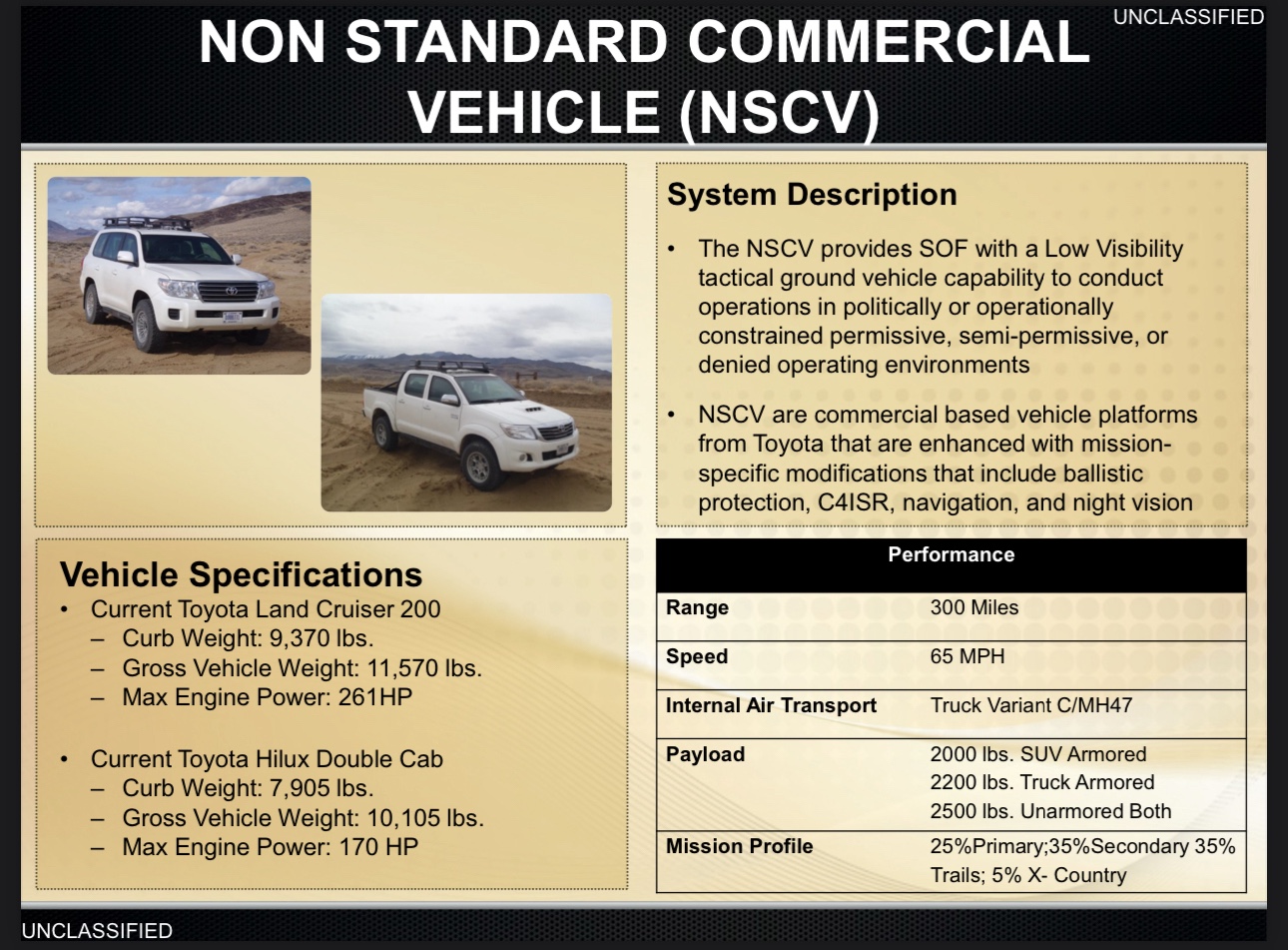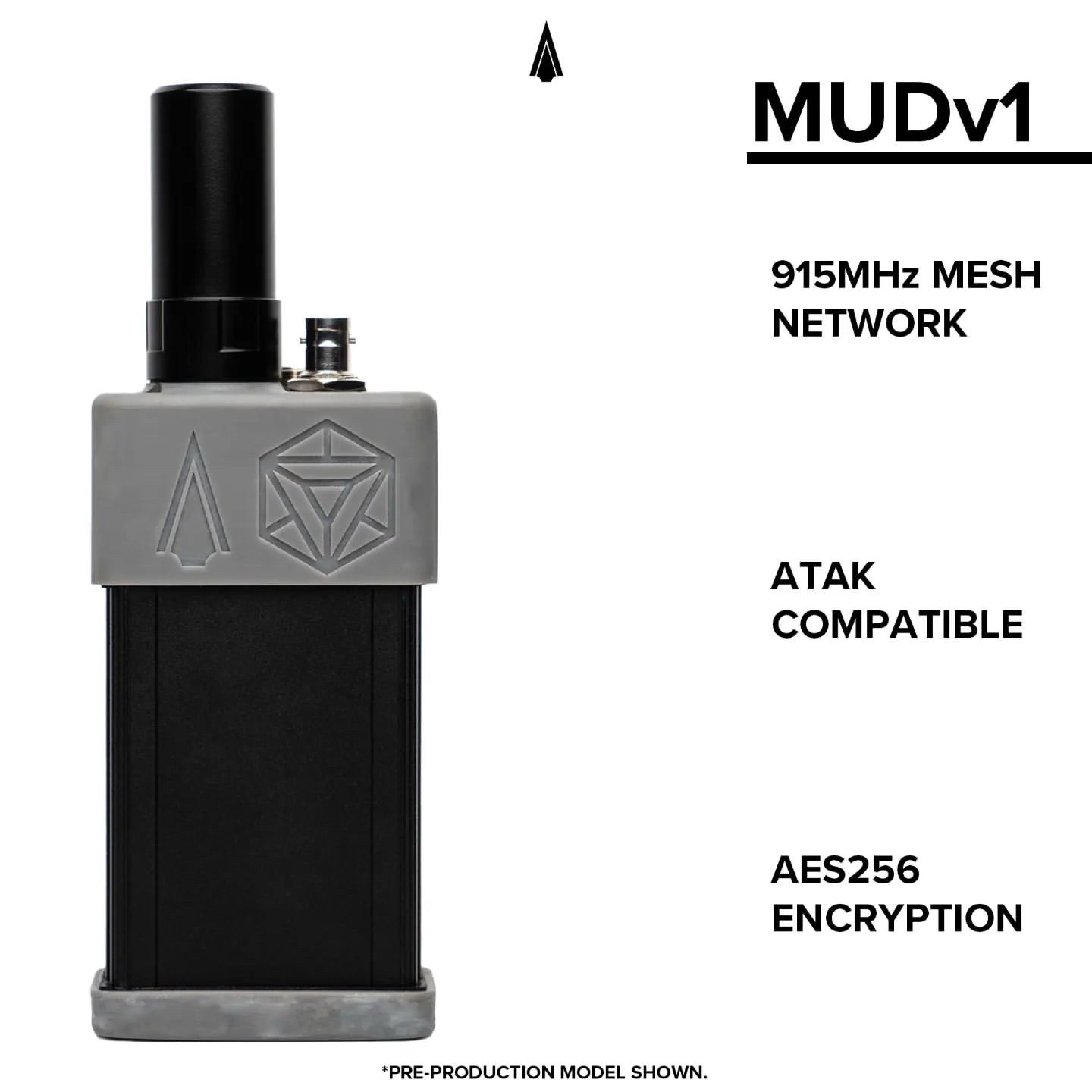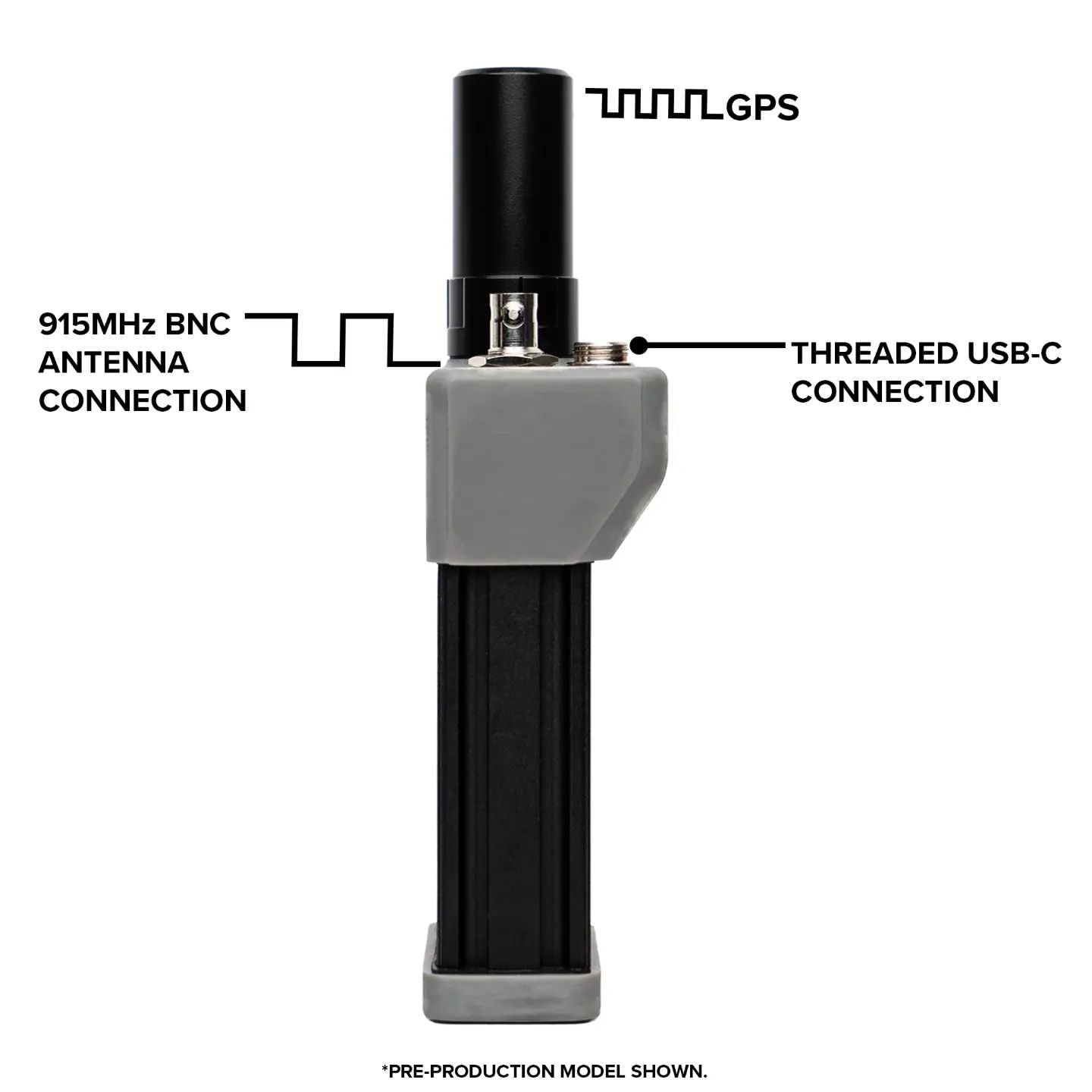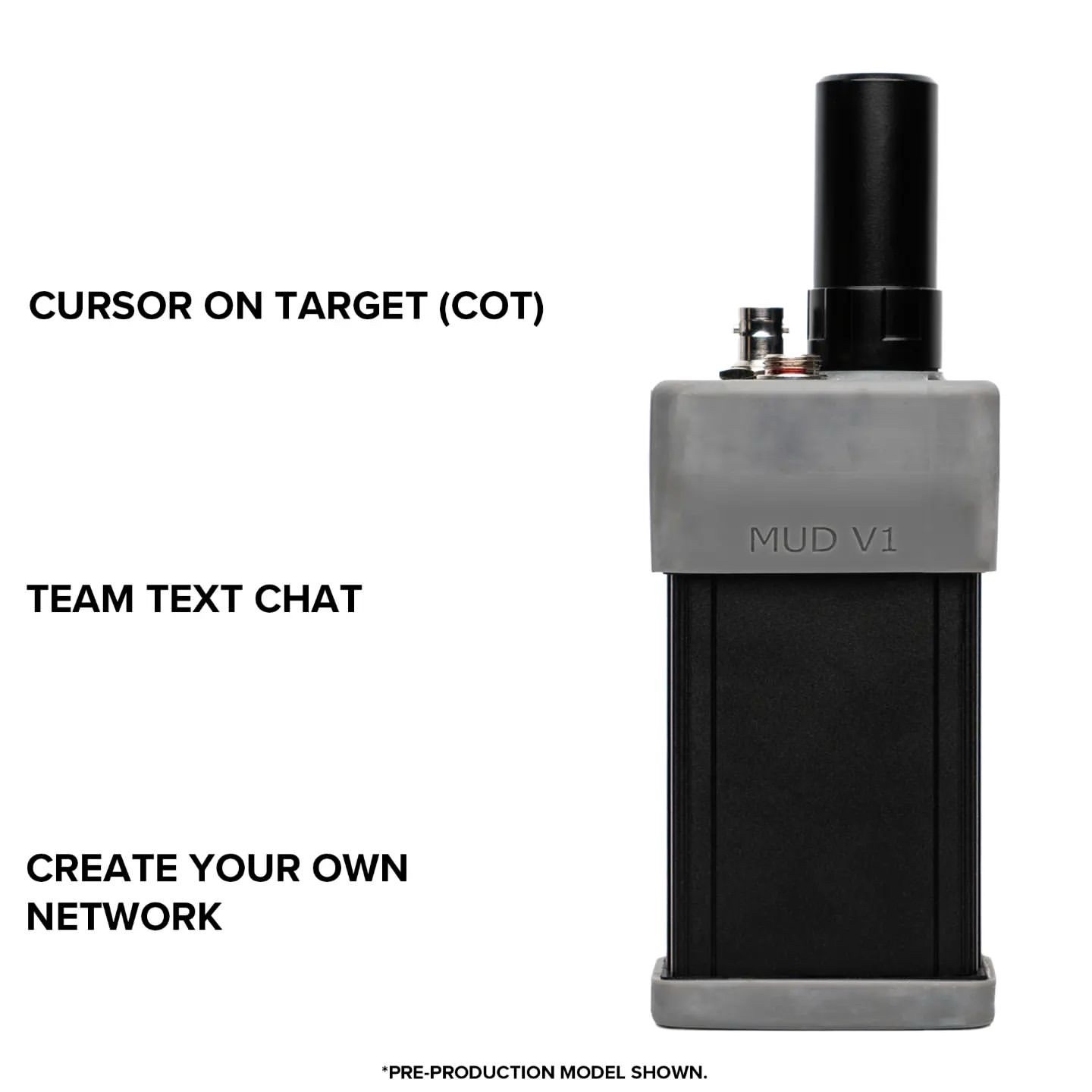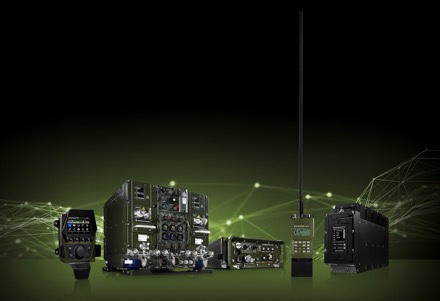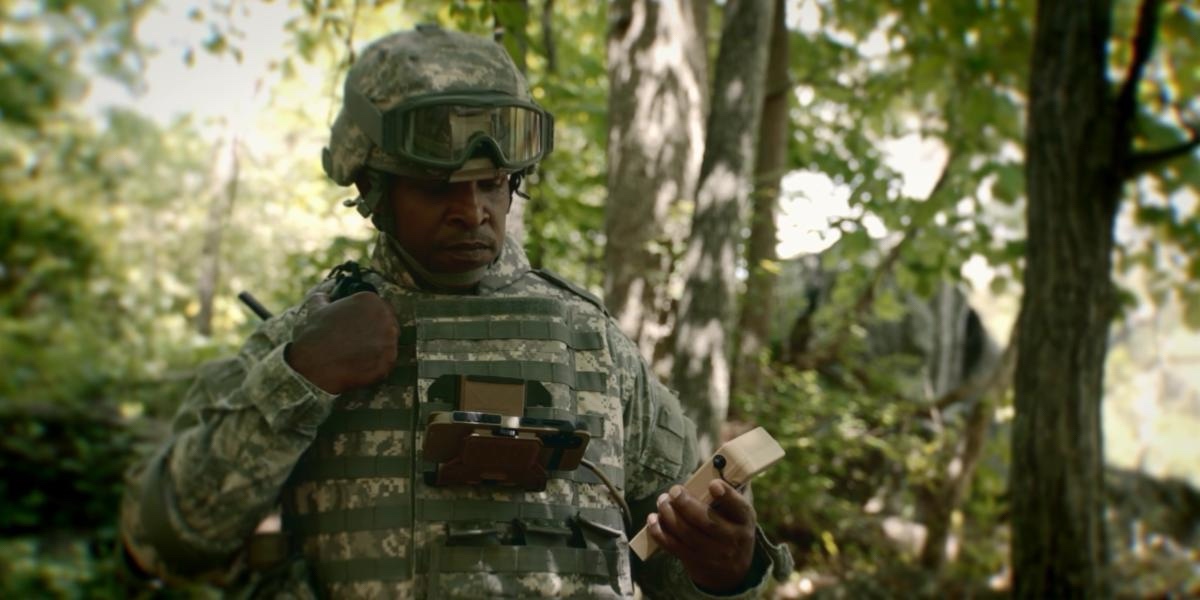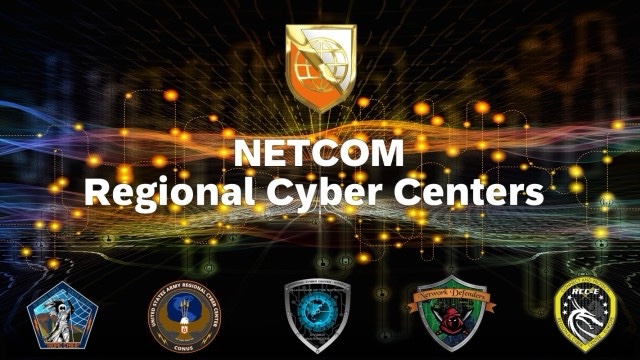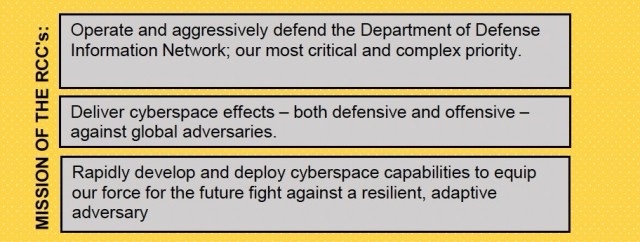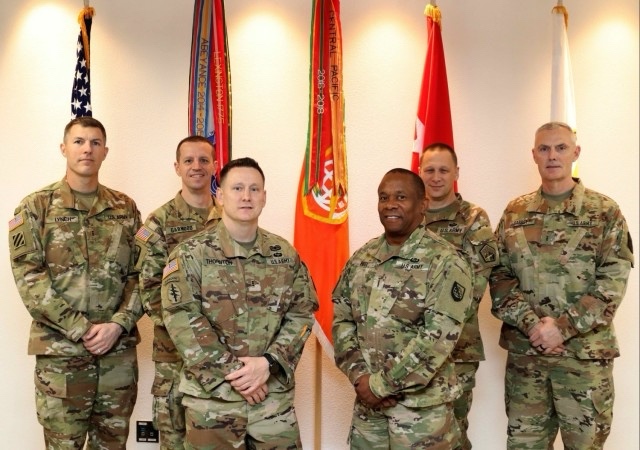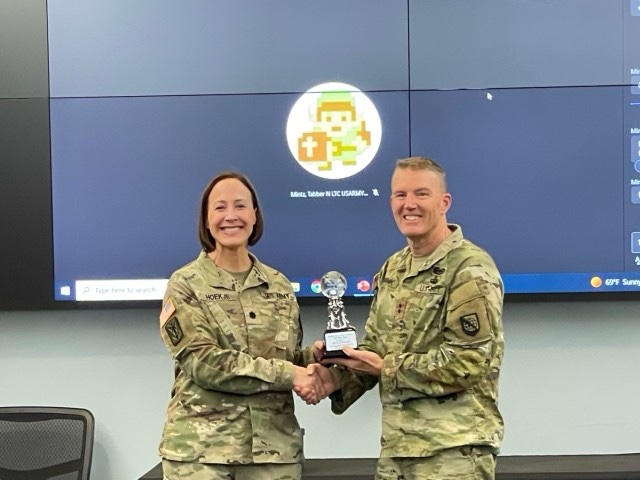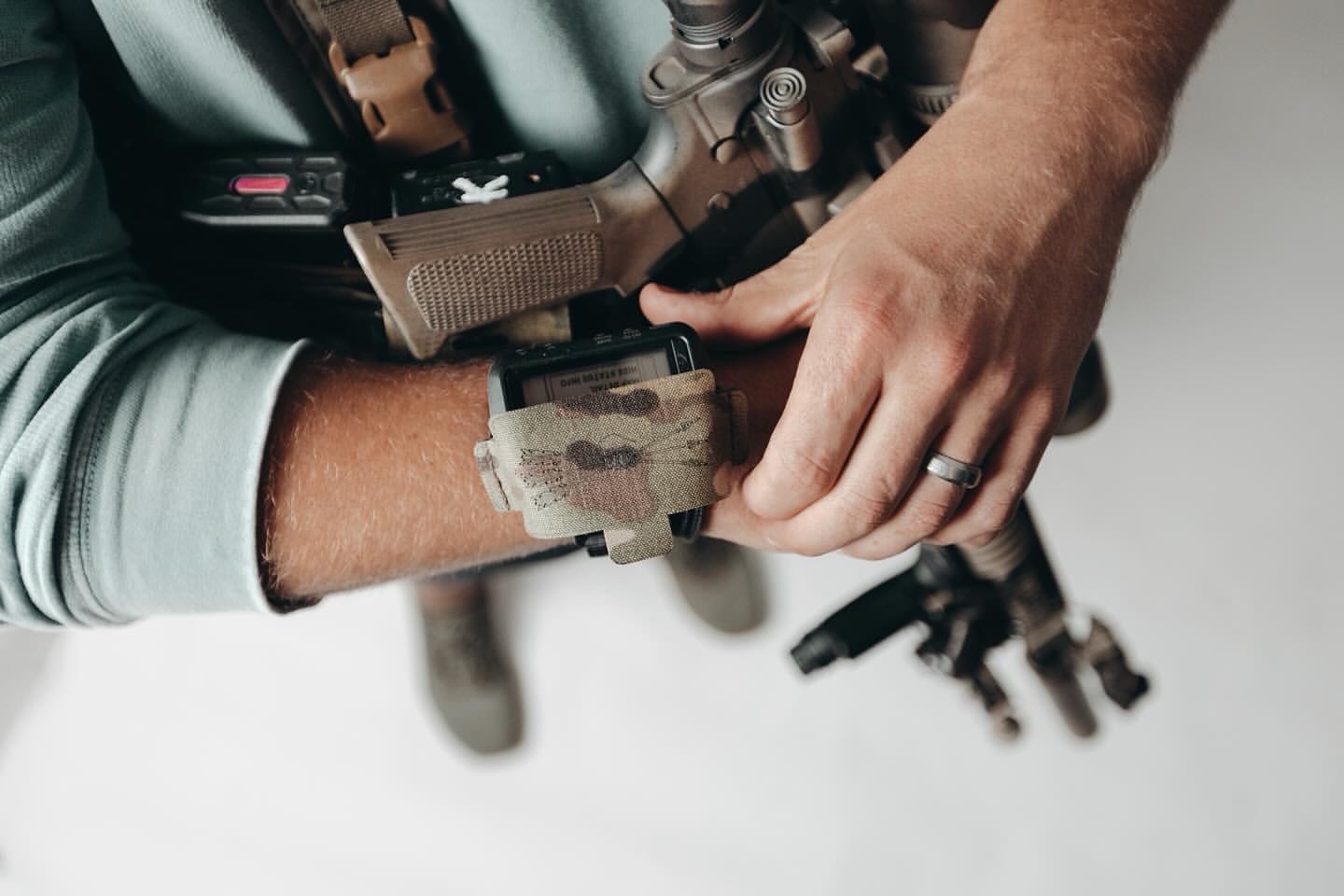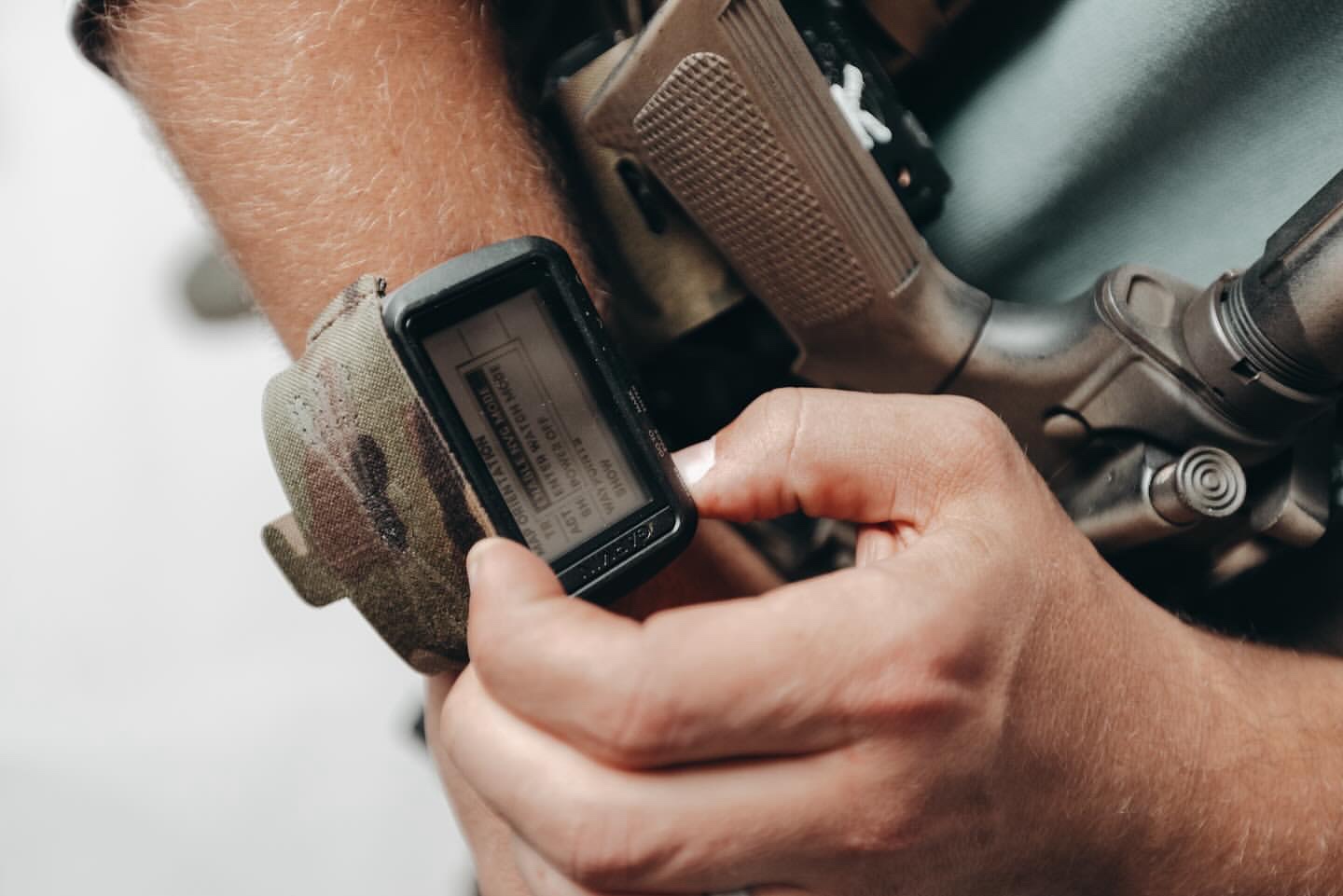SWANSBORO, N.C. –December 18, 2023– High Speed Gear, a leader in innovative tactical gear and equipment, proudly announces the launch of the Apex ER Sling. This is a solid addition to the advanced range of products that are developed in collaboration with Fire Fighters and Emergency Medical Service (EMS) professionals. The Apex ER Sling stands as a testament to High Speed Gear’s commitment to innovation and user-focused solutions. HSGI continues to offer unique solutions that are functional, versatile, and come with a full warranty.
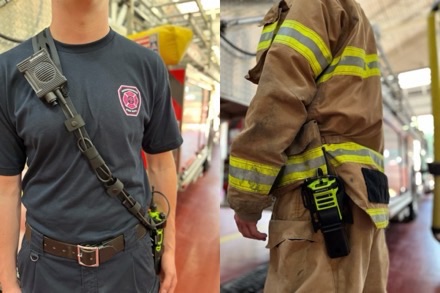
Crafted with top-tier quality materials and unparalleled functionality, the Apex ER Sling is designed to meet the dynamic needs of emergency responders in the most demanding situations. Constructed from a resilient Cordura laminate and nanosphere coated tubular nylon webbing, this sling assures robustness and durability in the field.
Key Features of the Apex ER Sling:
Customizable Ride Height: Featuring High Speed Gear’s patented Double Tap Slider™, the Apex ER Sling provides users with the ability to adjust the ride height as per their individual preferences and operational requirements on the FLY. Additionally, the use of HSGI’s patented Double Tap Slider allows for adjustable friction to be set by the end user depending on the situation the user is in.
Versatile Design: The user has the option to select a traditional black color scheme or the American National Standards Institute (ANSI) certified reflective binding, offering improved visibility in low-light conditions, a critical requirement for many emergency responders. HSG provides two snap cable management points and 5 elastic slides to ensure either coiled or straight cables are properly managed and out the users way while doing their job.
MOLLE Compatibility: The sling includes a 3-column, rigid Kydex MOLLE panel, providing flexibility to attach various accessories such as radio pouches, medical TQ pouches, utility pouches, and more. This limitless adaptability ensures that the sling can be customized to accommodate all emergency professionals, no matter the situation.
David Jackson, Director of Government Sales at High Speed Gear states, “We are thrilled to introduce the Apex ER Sling, a product born from collaboration with Fire Fighters and EMS professionals. Our commitment to developing gear that directly responds to the real needs of those on the front lines remains at the forefront of our mission. The Apex ER Sling showcases our dedication to providing reliable, durable, and adaptable gear to support the heroes in the field.”
The Apex ER Sling is a significant addition to High Speed Gear’s mission to deliver purpose-driven solutions that cater to the specific demands of emergency responders.
For more information about the Apex ER Sling and High Speed Gear’s other innovative products, visit www.highspeedgear.com/apex-er-sling.


